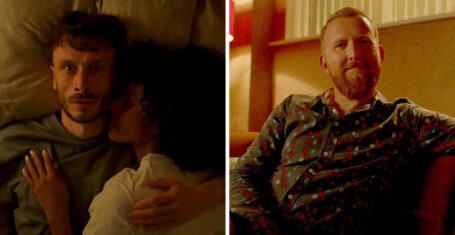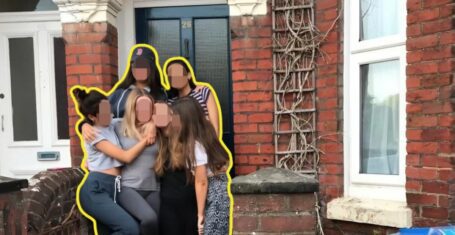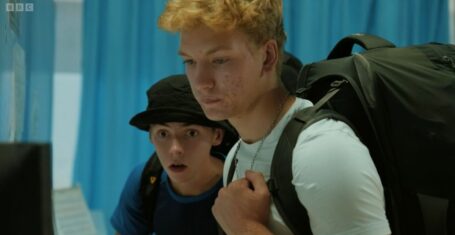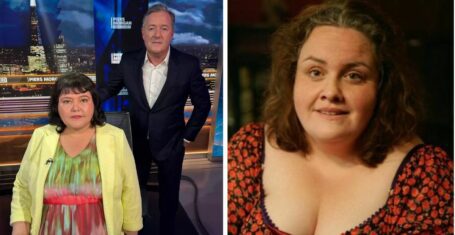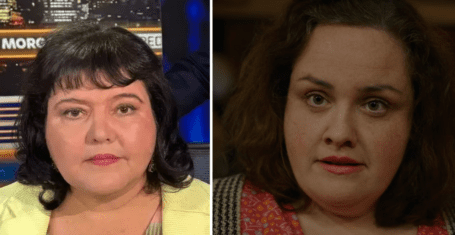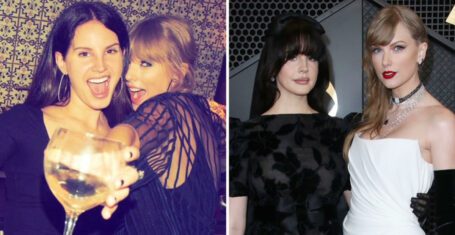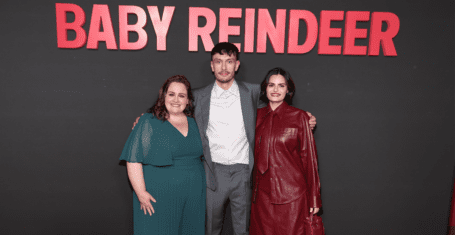
LGBT Love Art After Dark: disorganised and disappointing
One companion of mine went as far as to call it ‘exploitative’
I had been so excited when I had seen the LGBT 'Love Art After Dark' night at the Fitzwilliam Museum advertised. The promise of seeing a traditional, fairly antique space transformed so that it recognised the hidden voices of the LGBT community was right up my street. I'd imagined walking through the Fitzwilliam with my queer friends whilst hearing and reading about the impact that people like us had actually had on history and art. But the reality was underwhelming and I hate to say it but I was left with somewhat a bitter taste in my mouth.
To start, the whole thing was deeply disorganised. On the list of all that you could attend many of them had to be pre-booked – pre-booked in this case meaning getting to a desk in a crowded room on a first-come, first served basis a bizarrely arbitrary 20 minutes before. A confusing system it meant that events like the Life Drawing, which I'm sure could have been very enjoyable, weren't accessible. The way the events were arranged in general gave the night an odd dimension where you at once felt there was too much to do in a too short space of time but also nothing you could do.
The disorganisation and the impact it had on visiting experience can be summed up as my favourite act of the night, King Hoberon's emotive spoken word, had to be moved from a mezzanine to a seminar room as a nearby band's Donna Summer didn't quite fit with feminist anger.
You know, I probably could have got over the disorganisation had it not been for the fact it just wasn't very gay.
Of the talks my friends or I attended they were either completely lacking in LGBT history or mentioned it in brief. And rooms which were meant to be showcasing LGBT art were fairly underwhelming once you got there. A friend of mine had joked about one such exhibition 'that one male nude a gallery doth not make' before we realised that actually, in this case it was meant to.
In general I don't think I saw for myself any artefact that was presented or singled out for being something of LGBT importance. We searched quite extensively, specifically going down to the Roman and Greek section as we thought with all that homo-eroticism there must have been something – but we found it ironically roped off.
The only way I think I may have missed out on this is that I didn't manage to get on the LGBT tour because of aforementioned disorganisation. But again, a friend had messaged us to say it wasn't worth it.
I don't like criticising LGBT events, because I know that I live in world where the fact there are any LGBT events I can comfortably attend is such a privilege. And the Fitzwilliam Museum is a beautiful space with a glorious selection of art and artefacts. But the thing about this event is that it wasn't to celebrate the work of and about heterosexual relationships and individuals – it was meant for us, so that we could feel like we fitted in a historical, cultural narrative. I appreciate what they may have been trying to achieve but it ultimately didn't work. It left my friends and I feeling unsettled and more separate than ever.
In the conversation my friends and I were having as we left someone threw the word 'exploitative' out to describe how she felt that event had treated LGBT issues. And I can't help but agree a little. It felt like a surface level LGBT endorsement without any grounding behind it. Perhaps here, a general note for all is that rainbow word art and lights do not equal LGBT representation and I resent anyone who pretends they do.






















